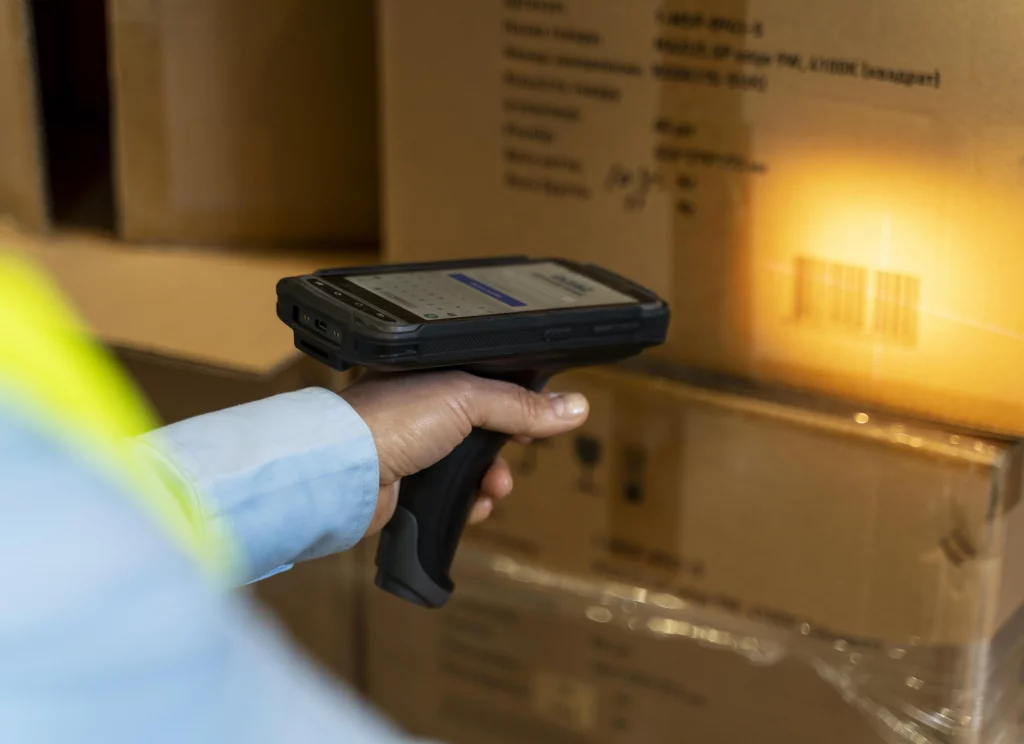Stock Keeping Unit (SKU) Explained
A Stock Keeping Unit, popularly known as SKU, is a distinct alphanumeric code assigned to products in a retailer’s inventory. While the length of an SKU typically ranges between 8-12 characters, it serves as a quick reference to various product attributes. These attributes can include price, manufacturer, color, style, type, size, and more.
One of the unique aspects of SKUs is that they are retailer-specific, meaning different retailers might use different SKUs for the same product. This specificity makes SKUs invaluable for inventory management and sales tracking, ensuring retailers have a precise handle on their product movements.

Why SKUs Matter:
SKUs serve as an essential tool for retailers, ensuring precise inventory management. They are critical for avoiding stock discrepancies and ensuring products are always available for customers. Regardless of the size or nature of your retail business, SKUs play a pivotal role in operations.
Designing the Ideal SKU
The process of crafting a SKU begins with an inventory management system or point of sale system. Online tools like Primaseller or TradeGecko can assist in this. However, manual creation is possible but not recommended for extensive inventories. A typical SKU starts with general attributes like product category or supplier, followed by specific product features and ends with a sequence identifier, indicating product count and purchase order.
For example, a wine shop might have the SKU CW21001 where:
- CW = Central Winery (Supplier)
- 21 = Chardonnay (Blend)
- 001 = Sequence Identifier
Guidelines for Creating SKUs:
- Always maintain a length of 8 to 12 characters for optimum readability.
- Starting with a letter can be beneficial, preferably denoting the brand or the supplier.
- Avoid zeros or any special characters to avoid confusion.
- Ensure it’s unique and comprehensible.
- Establish a consistent format that’s easy for your team to understand and manage.
Distinguishing SKUs, UPCs, and Barcodes:
- SKU (Stock Keeping Unit): Internal, 8-12 characters, alphanumeric, product-specific, defined by retailers.
- UPC (Universal Product Code): Universal, always 12 characters, numeric, identifies manufacturer and item, regulated by Global Standards Organization.
- Barcode: A scannable series of black lines representing a UPC or other identification codes. Unlike SKUs, barcodes are standardized for identical products across different retailers.

Leveraging SKUs for Business Growth:
- Accurate Inventory Tracking: With SKUs, retailers can efficiently manage stock and ensure consistent availability.
- Predict Sales and Demand: SKUs provide insights for better workforce and inventory planning.
- Highlight Top Sellers: Use SKU data to optimize in-store displays and marketing efforts.
- Enhance Customer Loyalty: Ensure product availability and improve overall shopping experiences.
- Upselling and Cross-selling: Use SKU data to recommend related or similar items to customers, both in-store and online.
Final Thoughts:
SKUs are not a one-size-fits-all solution. They should be customized to align with both the retailer’s and customers’ needs. Properly implemented, they can significantly improve inventory management, sales strategies, and overall customer satisfaction.
FAQs About SKU Numbers:
What’s an SKU?
It’s an internal code used by retailers to track inventory and sales.
How do SKUs function?
They are alphanumeric, detailing vital product attributes in a prioritized sequence.
Why are they crucial?
SKUs ensure accurate inventory tracking and timely product restocking.
Do SKUs and barcodes differ?
Yes, while SKUs are retailer-specific, barcodes are standardized for similar products across all retailers.
How to obtain an SKU?
Most point-of-sale systems can generate SKUs. Manual creation is also an option for smaller inventories.
Can two items share an SKU?
No, SKUs are unique to each retailer. However, different products can have identical UPCs or barcodes.